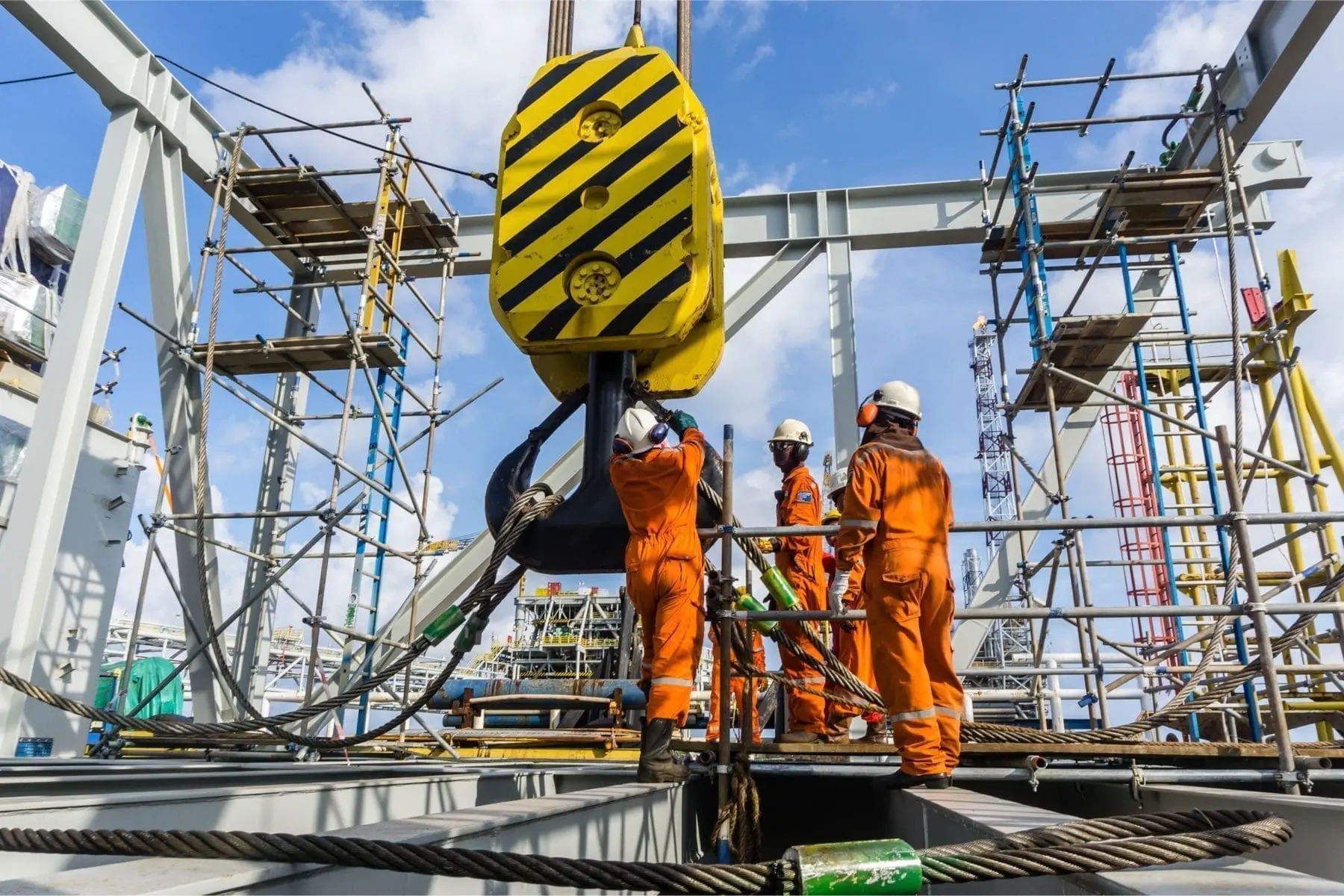10 Rules for Construction Safety
To avoid injuries, accidents, and other health problems in a construction site, below are general construction safety rules that should be followed to keep workers and visitors safe:
1. Always wear PPE
All workers and visitors in the construction site should wear the appropriate PPE to reduce exposure to various hazards on the worksite. Common PPEs include goggles, helmets, gloves, ear muffs or plugs, boots, and high-visibility vests and suits.
2. Be mindful and follow signs
Safety signs allow management to warn and raise health and safety awareness for employees and visitors. Appropriately place them around the site where necessary. Workers should be familiar with the construction site safety tips and different signs: prohibition signs, mandatory signs, warning signs, safe condition signs, and fire fighting equipment signs.
3. Provide clear instructions
A site induction for general contractors should be present on site. This will enable new workers to be familiar with site operations. Toolbox talks are also an effective way of relaying health and safety instructions to the workforce. It is conducted before commencing work on either a daily or more frequent basis.
4. Keep the construction site tidy
Ensure that debris, dust, loose nails, and stagnant water from excavations and backfilling are not just lying around the site. The construction site must be cleaned daily and remain clutter-free to prevent slips and trips.
5. Organize and store tools properly
Ensure that no tools are lying around, and leave lights and power tools unplugged. Following construction site rules will help prevent tools from getting damaged or even causing injury to workers. Organizing them in their rightful place will also allow for easy navigation.
6. Use the right equipment for each task
Often, accidents occur due to the misuse of a tool or equipment. Avoid using makeshift tools. Instead, use the correct tool to get the job done quicker and safer.
7. Prepare an emergency response plan
An emergency response plan directs the workforce on what to do when emergencies like natural disasters, fire, hazardous material spills, or other types of incidents occur. Have a dedicated team responsible for managing emergency crises, answering questions, and reporting potential hazards, quality issues, or near misses.
8. Set up safeguards
One of the ways to ensure safety on site is by placing engineering controls such as barriers, fences, and safeguards. These will help isolate people from hazardous areas with high-voltage electricity or chemicals with toxic fumes.
9. Inspect tools and equipment regularly
Before commencing work, ensure that the tools and equipment to be used are free of defects or damage.
10. Report issues immediately
Train workers to report defects and near misses on site as soon as they notice them. Problems can only be solved when they are made aware to management. The sooner issues get reported, the fewer chances of them worsening and causing accidents or further damage.
SafetyCulture Marketplace: Your One-Stop Work Gear & Equipment Shop
Improve safety in your workplace with SafetyCulture Marketplace as your one-stop shop for all work gear and equipment needs. Get on-demand access to top quality and specialized work gear from trusted equipment brands in the industry—all in one centralized location. Raise the bar of safety and efficiency by empowering employees to request what they need with just a few taps, anytime and anywhere!



